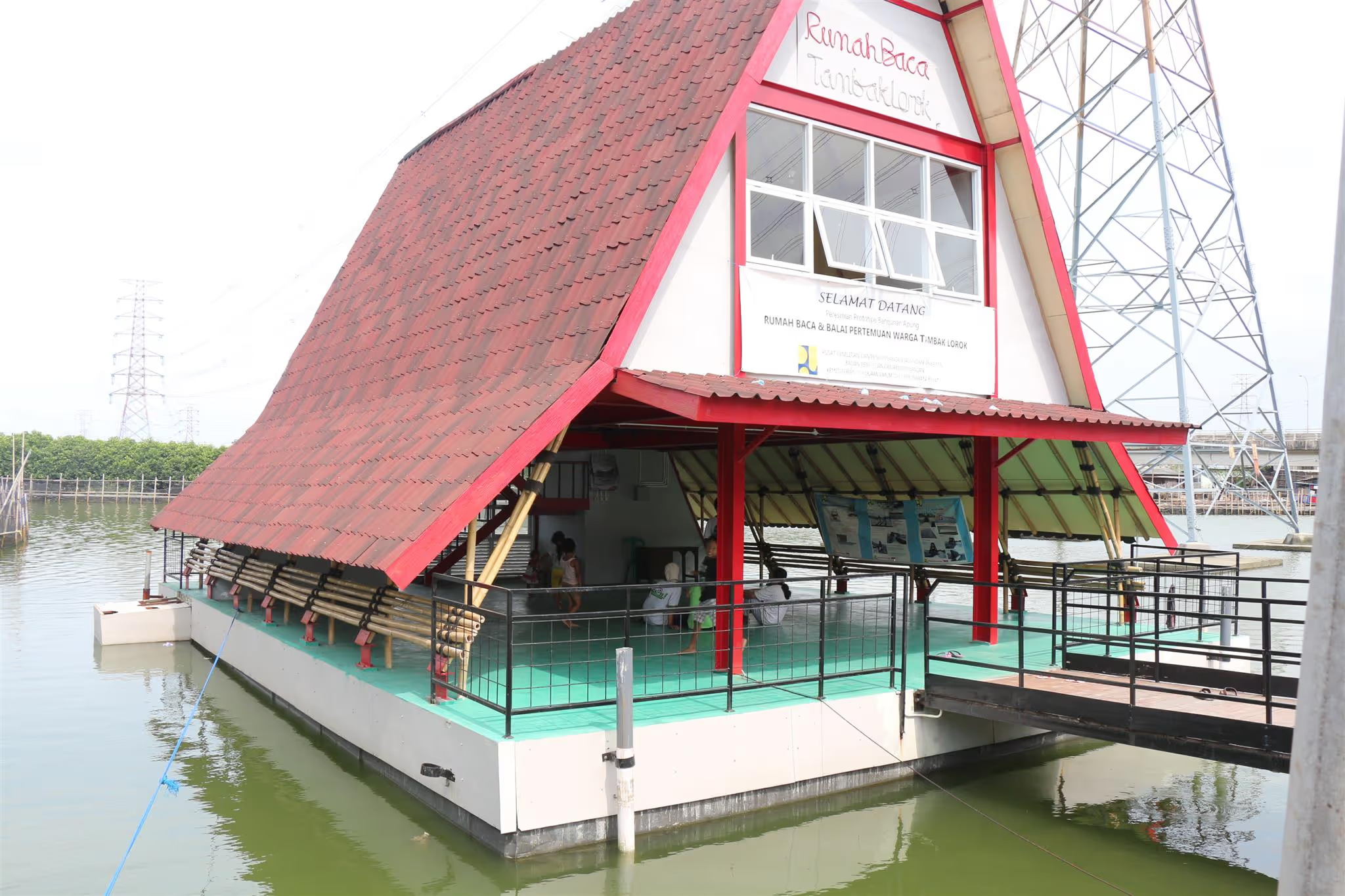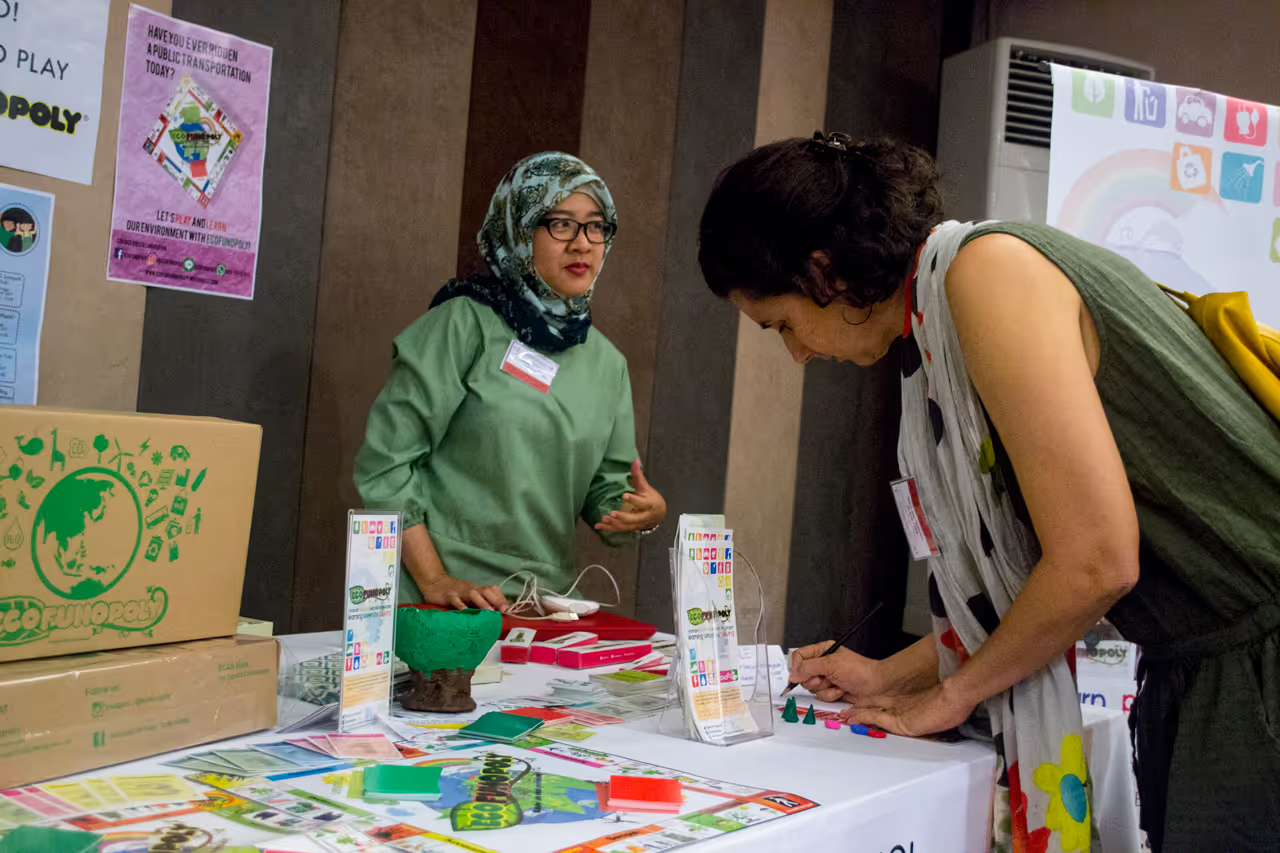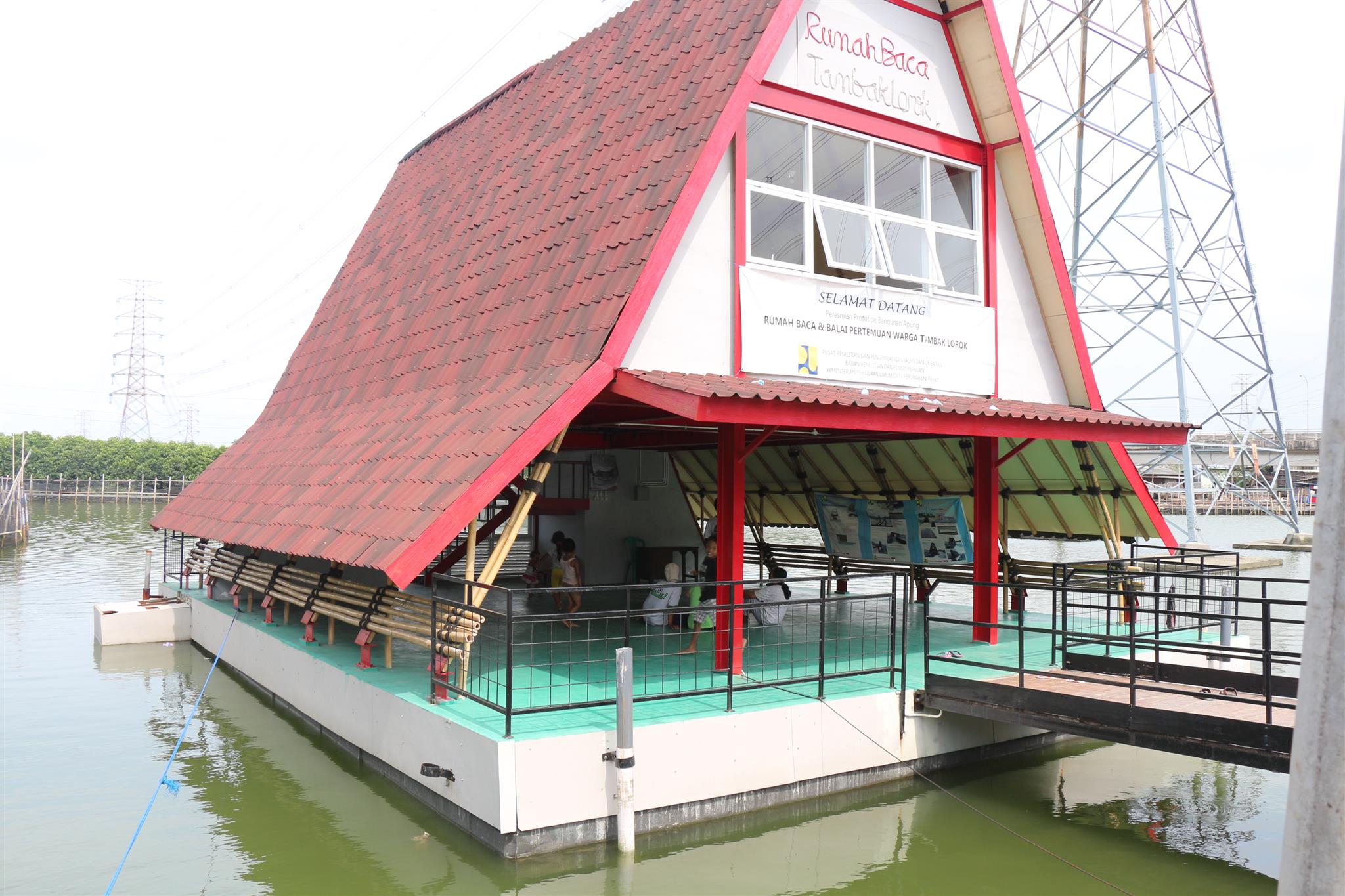Identifying local innovations in Indonesia

At the beginning of this project we set out to test an innovative private sector methodology for identifying local innovation in Indonesia. Along the way, we decided to simultaneously test the more widely used, innovation challenge methodology. We learned that depending on your objectives, each of the two methodologies can be useful. We also learned that identifying innovations was only the first step and that planning for what comes after is hugely important.
The first methodology we tested was the lead user method, a research-based approach used by the private sector to identify new products and services. Lead users are individuals that are using existing products, find they don’t meet their needs and make changes to improve them. The focus of the lead user method is on identifying existing, homegrown solutions developed in the context of a specific need.
The second methodology we used was the Innovation Challenge methodology. Widely known and used, we had limited experience with challenges and decided to try the methodology because it seemed straightforward and there was strong interest from the local Red Cross to give it a go.
Both methodologies were implemented to identify specific innovations in floods resilience. Indonesia is heavily affected by floods and we wanted to see how people were creatively responding to such a challenging context.

Overall, the results from the implementation of both methodologies were positive. Each successfully identified local innovations that had the potential to increase people’s resilience to flooding. The Lead User process, which is a more focused, labour intensive methodology, resulted in the identification of 25 innovations, ranging from innovative board games, to floating libraries, to indigenous grasses for reducing erosion and landslides, and even an approach for incentivizing mangrove replanting through the issuance of blockchain tokens.
The innovation challenge, which was published nationally, cast a much wider net and blue-sky thinking was the norm -we received 60+ submissions, ranging from nets to catch heavy metals in rivers, to portable geo-engineering packs, to a ‘health care for recycled goods’ business model (watch this video for more on health care for recycled goods). Lots of good ideas, though not usually tested or ready to scale.

To promote the innovations and support the local innovators we held a pitch event with donors and private sector investors. The idea was to showcase different innovations and broker partnerships that could help us further develop and implement the best solutions. Over the 2-day event a total of 18 innovations were highlighted: 9 from the Lead User process and 9 from the Innovation Challenge. Nine of the innovations were selected to receive seed funding from the IFRC. Separately 6 innovations were identified by the Indonesia Red Cross to potentially integrate into their ongoing disaster preparedness and risk reduction programs.
All in all, we were happy with the results of the project. We tested two methodologies, identified 18 interesting innovations, engaged the 100+ people in an event to support local innovators, and planted the seeds for follow-on partnerships.
What would we would do differently next time?
Identifying innovations is only the start. We knew this going into the project and tried to prepare ourselves, but in the end, so much time and energy was spent implementing the two methodologies and organising the pitch event, that we weren’t ready for what came next. Although the innovators we identified received some initial support, it was difficult to sustain over time and the momentum slowly dissipated. In hindsight, a longer-term vision and plan, focused on partnership building, product development and solutions testing would have helped us keep things moving.
Local partners build local skills. Again, we knew this, and tried to bring a core group of local partners into the process. The Indonesian Red Cross was engaged throughout and did an amazing job, Zurich Insurance Indonesia was also active and provided huge support. Other actors were harder to engage. Local government and academia were approached unsuccessfully – the tight timeline and compressed set of activities didn’t fit with the more regimented and structured academic schedule, while local government was unresponsive and had other priorities. Other private sector organizations were also approached with no luck. This all meant that the learning and results of the project were not spread as widely as hoped, and replication will need continued outside support.
Our main reason for testing the two methodologies was a recognition that the top down approach of developing innovations outside of the context they are intended for often fails. Rather than developing and trying to import solutions from faraway places, we thought we could identify and support what already existed? Though this project, we successfully addressed the ‘identification’ part of this question and going forward will be focused on tackling the ‘support’ piece.

Stay updated
Sign up for our newsletter to receive regular updates on resources, news, and insights like this. Don’t miss out on important information that can help you stay informed and engaged.
Related articles
.png)


Explore Elrha
Learn more about our mission, the organisations we support, and the resources we provide to drive research and innovation in humanitarian response.